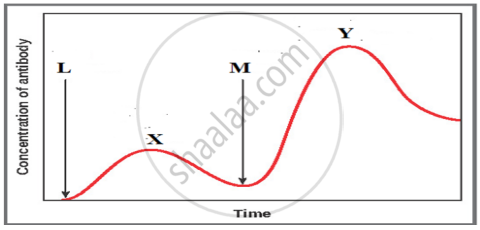Advertisements
Advertisements
प्रश्न
Illustrate using any one example of transgenic bacteria.
उत्तर
Human insulin has been prepared by genetic technology. Insulin is made up of two small polypeptide chains, chain 'A' and chain 'B' which are linked to each other by disulphide bonds. In human insulin, a pro-hormone is synthesised which contains C peptide. This peptide 'C' is not found in mature insulin, it gets separated from insulin at the time of maturation. In 1983, two DNA sequences corresponding to chain 'A' and 'B' of human insulin were prepared, which were inserted into the plasmid of E. coli to produce insulin chains. These separately produced chains 'A' and 'B' were taken out and joined to each other by disulphide bonds to prepare human insulin. Insulin is a useful medicine for controlling diabetes. The credit for cloning the insulin gene goes to Dr. Saran Narang of Indian origin. He conducted his experiment in Ottawa, Canada.

संबंधित प्रश्न
Can you suggest a method to remove oil (hydrocarbon) from seeds based on your understanding of rDNA technology and chemistry of oil?
Describe the role of primers.
The first clinical gene therapy was done for the treatment of ________.
Vaccines that use components of a pathogenic organism rather than the whole organism are called ____________.
Explain how “Rosie” is different from a normal cow.
What are DNA vaccines?
Who was the first patient who was given gene therapy? Why was the given treatment recurrent in nature?
List the disadvantages of insulin obtained from the pancreas of slaughtered cows and pigs:
Name the five key tools for accomplishing the tasks of recombinant DNA technology. Also mention the functions of each tool.
The graph given below indicates the administration of the first (L) and second dose (M) of a vaccine. The corresponding response of the body is indicated by X, and Y. Interpret the graph and explain the reason for such a response shown by the body.

